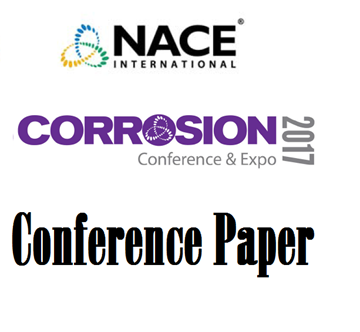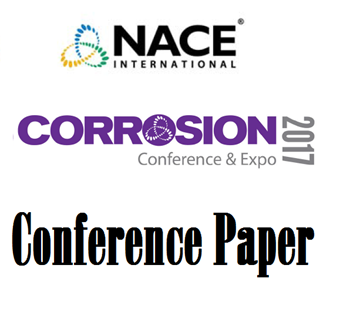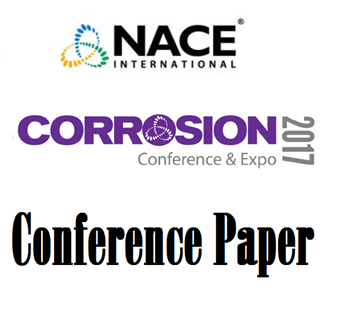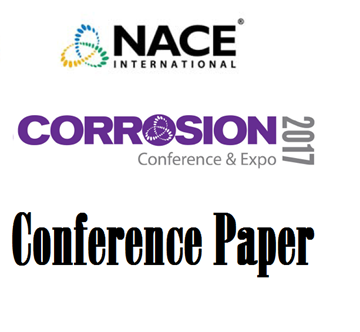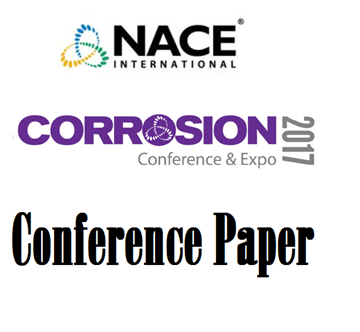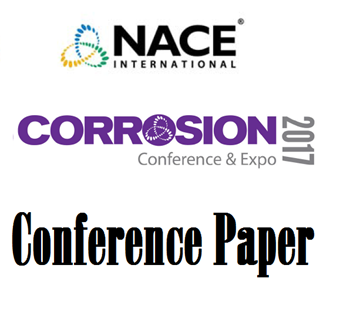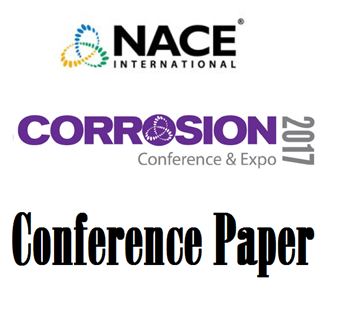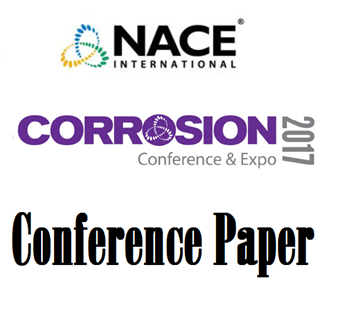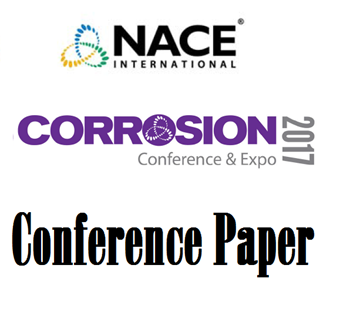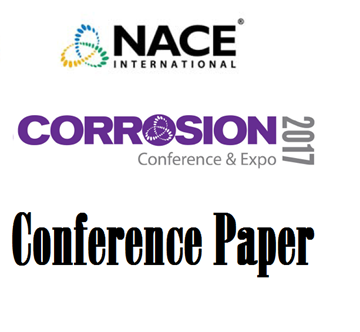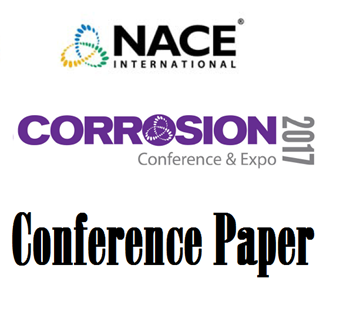Search
Materials Selection and Design
View as
Sort by
Display
per page
51317--9494-Considerations for Repairing Live Piping Using Engineered Composite Repair Systems
Product Number:
51317--9494-SG
ISBN:
9494 2017 CP
Publication Date:
2017
$20.00
51317--9506-Testing and Design of Nonmetallic Composite Repair Systems for Pipeline Intergity
Product Number:
51317--9506-SG
ISBN:
9506 2017 CP
Publication Date:
2017
$20.00
51317-9537- Electrochemical Studies of Titanium-Boron Alloys in Physiological Solutions
Product Number:
51317-9537-SG
ISBN:
9537 2017 CP
Publication Date:
2017
$20.00
51317-9549- Corrosion Behavior of Niobium-Containing Titanium Alloys in Biological Solutions
Product Number:
51317-9549- SG
Publication Date:
2017
$20.00
51317-9562-Corrosion of Ferrous Alloys in a Molten Chloride Salt for Solar Thermal Energy Storage
Product Number:
51317-9562-SG
Publication Date:
2017
$20.00
51317-9584- Graphene Based Nanomaterials for Biomedical Coatings
Product Number:
51317-9584-SG
ISBN:
9584 2017 CP
Publication Date:
2017
$20.00
51317--9610-Effect of Cold Deformation on Sulfide Stress Cracking of High Strength Steels
Product Number:
51317--9610-SG
ISBN:
9610 2017 CP
Publication Date:
2017
$20.00
51317--9633-Alignment of Critical Experimental Parameters of Well Stimulation and Scale Dissolver Chemicals Corrosion Testing
Product Number:
51317--9633-SG
ISBN:
9633 2017 CP
Publication Date:
2017
$20.00
51317--9634-Influence of Air on the Corrosivity of Geothermal Fluids Containing Hydrogen Sulfide
Product Number:
51317--9634-SG
ISBN:
9634 2017 CP
Publication Date:
2017
$20.00
51317--9638-Marine Corrosion Performance of Copper Alloy UNS C69100
Product Number:
51317--9638-SG
ISBN:
9638 2017 CP
Publication Date:
2017
$20.00
51317--9639-The Performance of Corrosion Resistant Ni-Cr-Mo Alloys in Concentrated Hydrochloric Acid
Product Number:
51317--9639-SG
ISBN:
9639 2017 CP
Publication Date:
2017
$20.00
51317--9645-Sulfide Stress Cracking (SSC) Resistance of AISI 420 Modified (13Cr) Martensitic Stainless Steel Bar
Product Number:
51317--9645-SG
ISBN:
9645 2017 CP
Publication Date:
2017
$20.00

